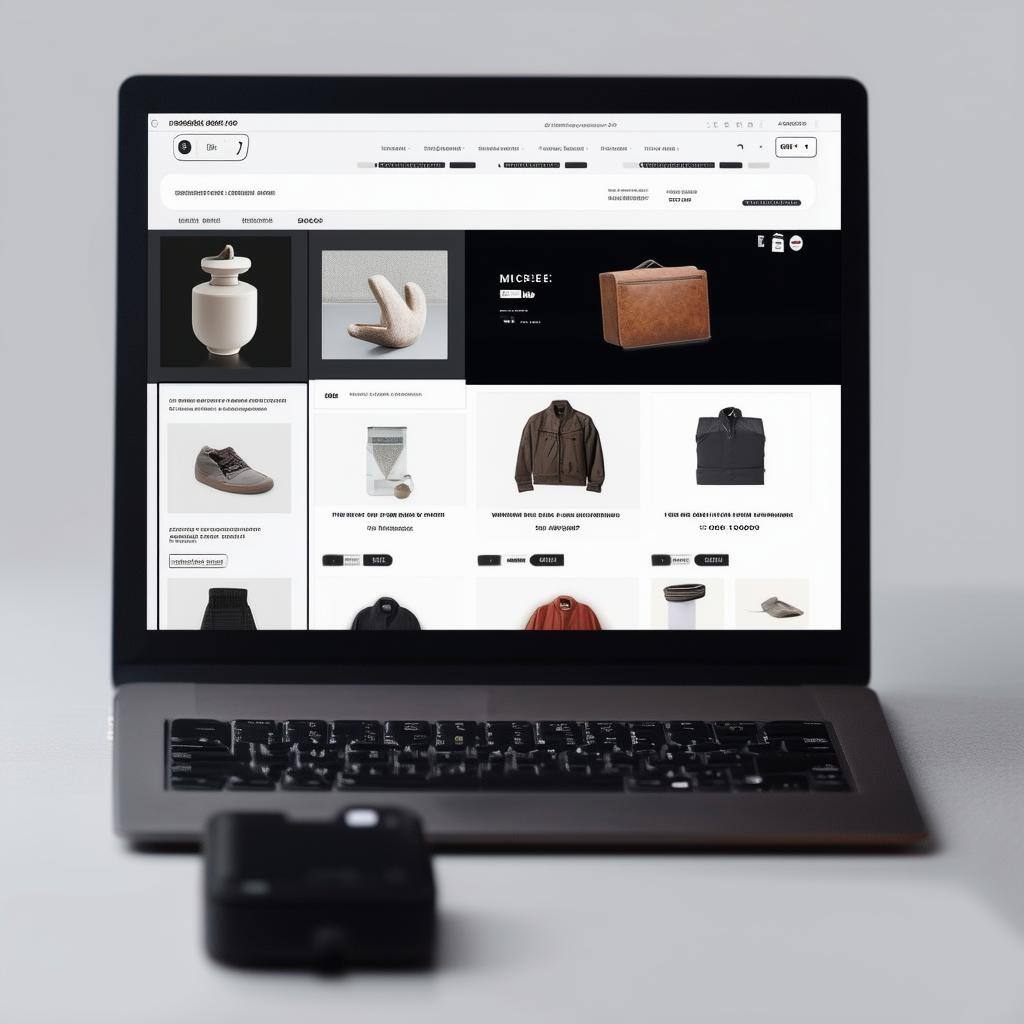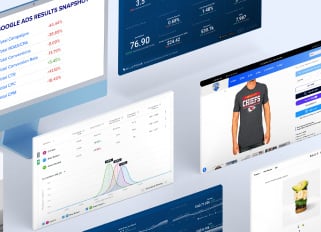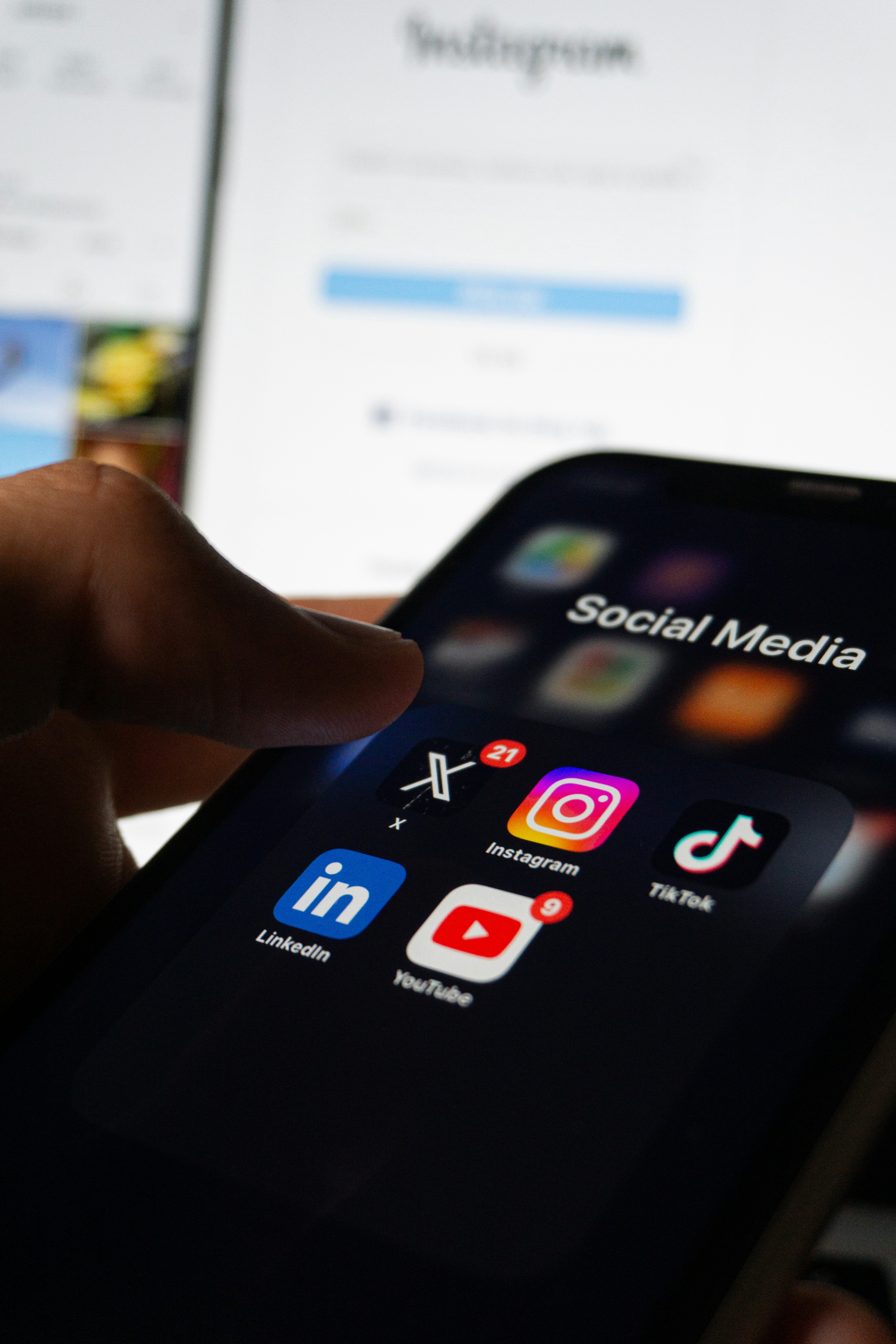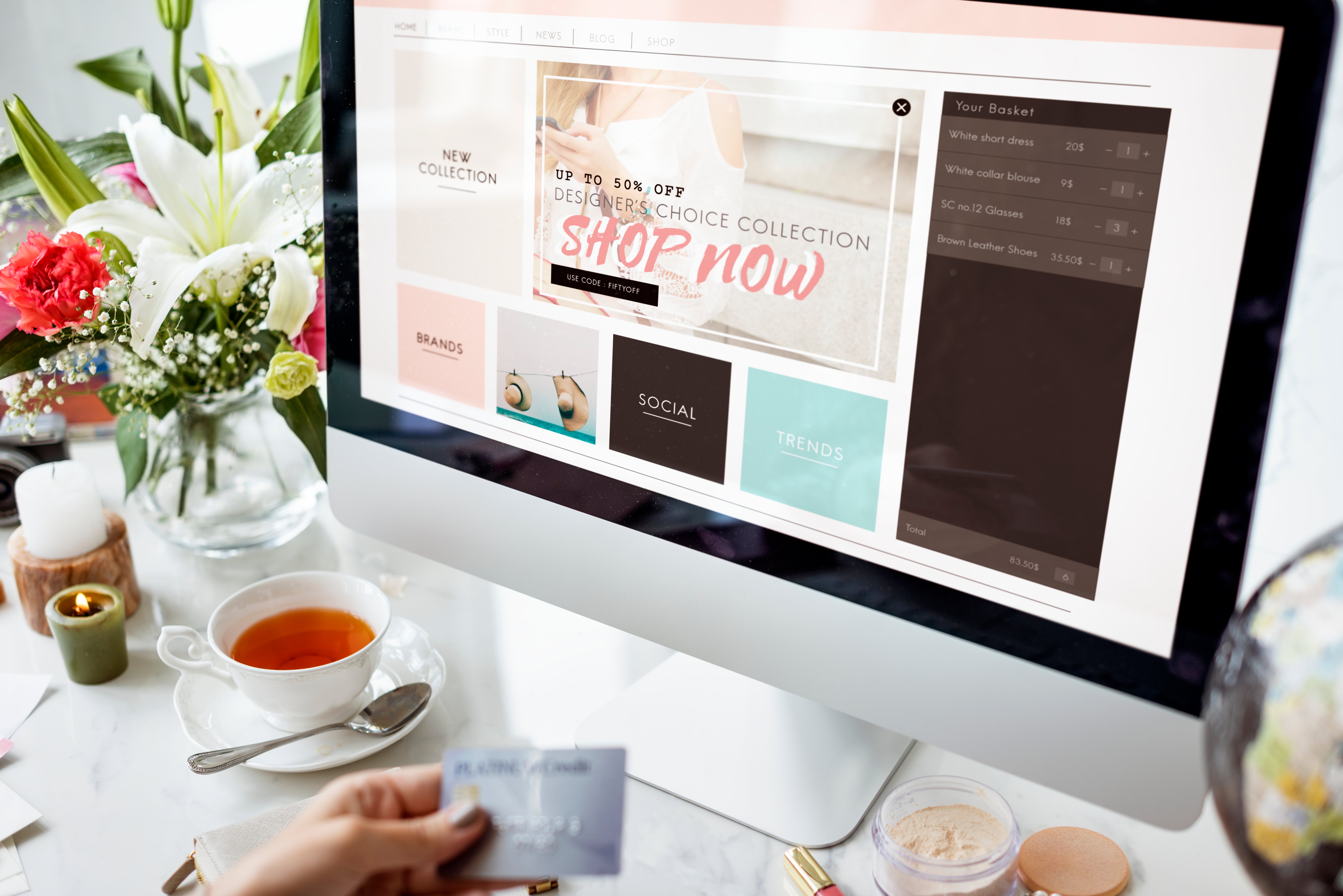
UI Conversion Tips: 9 Ecommerce Product Page Design Strategies You Need to Know
During the first quarter of 2024, the average ecommerce conversion rate was 1.6%. And, sure, some industries managed slightly better results. Nonetheless, most average-performing businesses still saw over 98% of web visitors leave their sites without purchasing.
Of course, maximizing conversions isn't necessarily a straightforward task.
Your target audience's willingness to invest in your solutions can (and will) depend on several factors you don't control. These can include anything from market trends to financial outlooks.
Nonetheless, there are conversion factors you can influence, such as user-friendly web design, brand familiarity and trust, and convenient shopping options.
The great news is that by investing in UI design, you can significantly boost your ecommerce site's conversion power and give your prospects an enjoyable shopping experience they'll want to repeat.
So, if you're willing to roll up your sleeves, here are the best ecommerce product page design strategies you need to know to skyrocket your site's sales potential.
1. Supplement Product Photos with More Immersive Visual Formats
Product photos are, arguably, one of the most critical elements of any product page.
Consumer research shows that 75% of online shoppers rely on product photography to make buying decisions. Furthermore, most people expect to see at least five high-quality images to feel confident evaluating the solution they're considering buying.
While including a sufficient number of shots on your ecommerce product pages (and adhering to product page photo best practices), it's a good idea to consider elevating your approach to visually presenting your solutions.
So, to upgrade your site's user interface to boost conversions, explore visual formats such as GIFs, videos, advanced zoom options, and augmented reality features.
For one, these could allow you to equip web visitors with more high-quality product evaluation options. Secondly, they could provide additional options for shoppers to interact with your solutions in the digital world, effectively setting their expectations and inspiring them to click that "Buy" button.
For inspiration on adding these valuable UI elements to your product pages, check out the WayksOne product page. Not only does it include an engaging GIF showing the full versatility of the brand's travel backpack. The page also employs illustrations, short videos, detailed product explainers, feature-focused product photos, and breakdown photos showing individual pieces of equipment included in each purchase.
Source: wayks.com
Or, if GIFs and videos are not formats you can easily create to upload to your product pages, why not go with UI elements that will deliver a dose of authenticity to your website?
Implementing UGC in your web design is another excellent way to encourage shoppers to spend more time evaluating your solutions, which is, ultimately, one of the best ways to convince them to convert. That's what COS did in the example below.
Source: cos.com
2. Don't Force Potential Customers to Read Complex Product Descriptions
Another excellent product page design strategy that will help elevate the user experience and boost conversions is to present shoppers with detailed product descriptions.
However, if you offer complex solutions, think twice about forcing potential customers to read large chunks of hard-to-grasp text.
Internet user behavior research shows that most people prefer not to read online. Instead, they skim and scan web pages according to a few predetermined patterns.
So, if you want to make it easy for web visitors to learn relevant information about your solutions (and inspire them to purchase), find ways to make your product descriptions as user-friendly as possible.
In addition to utilizing simple language and accessible text formatting, consider breaking up information with bullet points or headings on your product pages. This is precisely what Govee does for its GoveeLife 36" Smart Tower Fan 2 page, making it super-easy for buyers to identify the core features of the solution.
Source: govee.com
Or, if you want to fully optimize your product pages' UI design to appeal to consumer preferences, supplement text descriptions with explainer videos. Wyzowl's research suggests that 44% of people's preferred way of learning about solutions is by watching short videos.
So, why not do something similar to what Bay Alarm Medical does on this page and demonstrate your solution's capabilities with unboxing or in-action videos that show buyers exactly what your products do?
Source: bayalarmmedical.com
3. Highlight the Benefits of Subscription Purchasing
Investing in UI design is an excellent way to boost ecommerce sales.
But here's the thing. If you're looking for long-term business success, you'll have to think further than simply acquiring new customers. More importantly, you have to build brand loyalty in a way that will maximize customer lifetime value and build long-term revenue for your company.
With this in mind, it's important to explore UI design strategies to encourage repeat purchases.
For example, adding subscription elements to your product pages can be an excellent way to enhance customer lifetime value. Consumers appreciate the ability to automate repeat purchases — after all, it's a positive customer experience. Plus, doing this can demonstrate your business's dedication to delivering positive customer experiences, which is another key factor buyers search for when deciding on their purchases.
However, to ensure that this UI design strategy yields results, you'll need to learn how to highlight the benefits of repeat buys.
For instance, look at the Whey Protein Isolate page on Transparent Labs. You'll notice that the brand incentivizes web visitors to subscribe with a promise of 10% savings plus free shipping. (That's smart, considering that up to 48% of shoppers abandon their carts due to extra shipping costs.) But what stands out about this element's functionality isn't just that it makes automatic repurchasing easy for consumers. It also gives shoppers control over how often they receive their refills, allowing them to create the perfect supplement protocol for muscle growth and recovery.
Source: transparentlabs.com
4. Try Cross-Selling to Improve Product Experience
One of the best ways to boost your ecommerce brand's success is to provide a positive product experience for your buyers.
Admittedly, there are several effective ways to ensure your customers enjoy their purchases (and are compelled to buy from your brand in the future).
These can include anything — designing a streamlined shopping experience, focusing on quality during the R&D process, and investing in customer support. Nonetheless, there are a few additional UI design strategies that could further help delight your buyers.
Including cross-selling functionalities on your product pages — primarily by suggesting complementary items that enhance the overall customer experience — is an exceptional method to improve the product (and shopping) experience.
Mous, for instance, does it just above the "Add to cart" CTA on its IntraLock 2.0 product page. This placement is the perfect choice, seeing as it guarantees that shoppers notice the add-ons that could potentially enhance their product experience. Moreover, the relevance of the recommended items (being from the same product line) further improves the shopping experience, encouraging consumers to buy more from the brand.
Source: mous.co
If cross-selling isn't currently available to you (due to a limited product range, for instance), you could also experiment with upselling features, like the Customization option on Wilson's Clash 100L V2 product page. Here, buyers get to experiment with the look of their tennis rackets, with the option to add custom graphics and text to make the equipment fully representative of their individuality.
Source: wilson.com
5. Make Reviews Searchable
There's no secret about the importance of social proof in ecommerce product page design.
With 99.5% of shoppers actively seeking out reviews during the evaluation stage of the buyer's journey, it's only logical that you need to back up your claims with authentic evidence coming from satisfied customers — at least if you want to boost conversion rates.
But here's the deal. Some people may read customer feedback to gain a general sense of a product or service. Still, most interact with this type of content to get granular product info from people who have already bought it.
With this in mind, invest in UI design features that will make it easy for your potential customers to interact with social proof. More importantly, do it in a way that genuinely enhances (and aids) their shopping process and inspires purchases.
For example, making reviews searchable can make it easy for consumers to see how your solutions perform in specific situations. This is what Chisos does on its Chisos No. 2 page, where buyers can explore reviews based on factors that matter most to them — including fit and sizing, care and maintenance, styling, or comfort.
Source: chisos.com
Or, if you want to make your product pages even more effective at converting new customers, why not change the default sorting setting for your product reviews?
By prioritizing customer feedback that includes images or videos, you can present web visitors with social proof that's not just informational but aspirational as well.
This is precisely what Tower 28 does on the GetSet Pressed Powder page, presenting shoppers with feedback that includes visual UGC. This helps buyers evaluate real-world performance for each item. Plus, it gives them precious inspiration on how they can use each makeup item, maximizing their chances of recognizing the value Tower 28's solutions deliver.
Source: tower28beauty.com
6. Find Subtle Ways to Trigger Urgency
Sometimes, the key to enhancing ecommerce conversions isn't just about earning your target audience's trust and communicating the benefits they unlock by investing in your solutions. In some scenarios, the best way to inspire purchases is to point out why your prospects should not wait to convert.
By triggering urgency and FOMO, you can appeal to people's intrinsic tendency toward emotional decision-making while shopping.
Some UI design elements, like countdowns or badges, may trigger urgency-inspired conversions. But, when used too aggressively, they could also alienate a portion of your audience. To get more people to buy and shorten the buying cycle, you have to use these UI design elements in a subtle, user-friendly way.
For example, instead of conditioning web visitors to buy within a short time frame, Daniel Simmons calls shoppers' attention to the amount of stock they have left of certain products. So, the "Only 3 Left" badge on the Merino Knit Sweater product page does an excellent job of shortening the sales cycle by inspiring consumers to buy sooner rather than later. It also signals that the brand's products are in high demand. That's an excellent way to establish it as an aspirational fashion label that people will rush to get their hands on.
Source: danielsimmons.co
7. Welcome Shopper Interactions to Enable High-Touch Sales
There are cases when consumers make impulse buying decisions based on their emotional states. Other times, however, they go through an extensive research process where they interact with multiple brands and product options several times before deciding on the best choice for their needs.
This tendency is particularly true for high-value or very niche items, as people need to know they're spending their hard-earned money on a truly great option. If you look at the research, you'll find that between 20% and 32% of shoppers spend several hours or days researching their purchases — especially when there's a high price tag involved.
If your brand caters to this type of audience, one of the best things you can do to boost your conversion rates is to encourage as many additional interactions as possible. After all, if it takes eight touches, on average, to go from awareness to sale, it's crucial to get as many opportunities to interact with your leads as possible. That way, you will have the chance to build relationships with your prospects. You'll also unlock the opportunity to present them with personalized purchase-inspiring content that will get them closer to clicking the "Buy" button.
There are several ways you can do this. In addition to encouraging newsletter subscriptions throughout your website, you could introduce attention-grabbing "Contact" UI elements to your product pages to welcome high-touch sales.
This is precisely what WholeWoodPlayhouses does with the floating "Chat and Call" element on its product pages. Knowing that most shoppers have additional questions when choosing the ideal playhouse for their kids, the business encourages people to get in touch. It's an excellent option for a couple of reasons.
Firstly, it allows buyers to communicate with the brand using their preferred method. (Yes, some consumers still prefer talking on the phone.)
Secondly, it encourages potential customers to ask any question they may have. This is not only an excellent opportunity to empower them with purchase-inspiring information but also a great way to conduct consumer research. It allows the brand to identify common customer questions, which it can then use to create additional purchase-supporting content for its landing and product pages.
Source: wholewoodplayhouses.com
8. Enable Comparisons to Help the Product Evaluation Process
Sometimes, the best way to boost conversions on your ecommerce product pages isn't to nudge web visitors toward clicking that "Buy" button. Instead, it's preventing them from leaving your website while still conducting product research.
You see, most shoppers need to spend some time in the product evaluation phase of the buyer's journey before they feel competent and informed enough to spend their hard-earned money. And one growing trend is that consumers are turning toward price comparison tools and websites to guarantee they're making the most sensible purchase decision.
According to Statista, as many as 82% of U.S. shoppers regularly compare prices online before buying.
So, if there's any likelihood of your prospects considering more than one solution (whether from your brand alone or multiple suppliers), why not make it super-easy for them to get all the necessary info without leaving your website?
If you check out the Philips Sonicare DiamondClean Smart product page, you'll see a very basic UI element comparing the prices of several of the brand's products. However, thanks to the interactive functionality of this design feature, it's super easy for shoppers to see the difference between similar models, helping them choose the one that's absolutely perfect for their specific needs.
Source: philips.com
9. Pay Attention to Accessibility and Page Performance
Finally, as you explore ways to elevate your ecommerce site's UI design in a way that will boost conversions, don't forget about creating a pleasant shopping experience for all of your website visitors.
By prioritizing accessibility and page performance, you'll make it easy for any of your prospects to research (and fall in love with) your products. You'll also avoid common user frustrations — like poor load speed and intrusive design elements — that could cause web visitors to leave your website and form a negative brand opinion.
If you're willing to go above and beyond to deliver an enjoyable browsing experience to a diverse shopping audience, you could take inspiration from brands like Partake Foods. This ecommerce business includes an Accessibility UI button at the bottom left corner of the screen, allowing shoppers to adjust the site's UI elements in a way that will help them consume the content with ease.
Source: partakefoods.com
Bonus Tip: Bypass the Product Page Entirely
One last thing. If you're genuinely committed to boosting ecommerce conversion rates with UI design, allow yourself to experiment with different design choices — even when they diverge from what's standard practice.
In this sense, it might not be a bad idea to consider bypassing product pages when it comes to encouraging web visitors to buy.
Not only can this remove an unnecessary step from the sales journey — especially if you don't sell an extremely large number of products. It could also help shorten the sales funnel by turning category pages into mini-product pages that offer sufficient product information to enable purchases.
Check out how Tailored Athlete does this on its Athletic Fit Pants category page. In addition to the "Quick Add" buying option that lets customers choose their preferred size straight from the collection page, the brand also provides more than enough product details in the header section with a quick overview of its garments' main features and insightful GIFs that show off the products' performance.
Source: tailoredathlete.com
Final Thoughts
Investing time and effort into ecommerce product page optimization always pays off — especially when you're aiming to boost conversions.
However, as you explore potential design strategies to elevate your site's performance, do your best to prioritize UX.
Ultimately, convincing a prospect to buy from your brand is a win. However, providing them with a delightful, intuitive shopping experience holds so much more long-term potential. After all, if your goal is to build an ecommerce brand that will stay around for a while, then investing in those small details — like UI elements or CX-enhancing features — does pay off. If nothing else, to help outperform your rivals in an already competitive industry. 
Connect With Us
Recent Post

.png)





Tell us what you think!